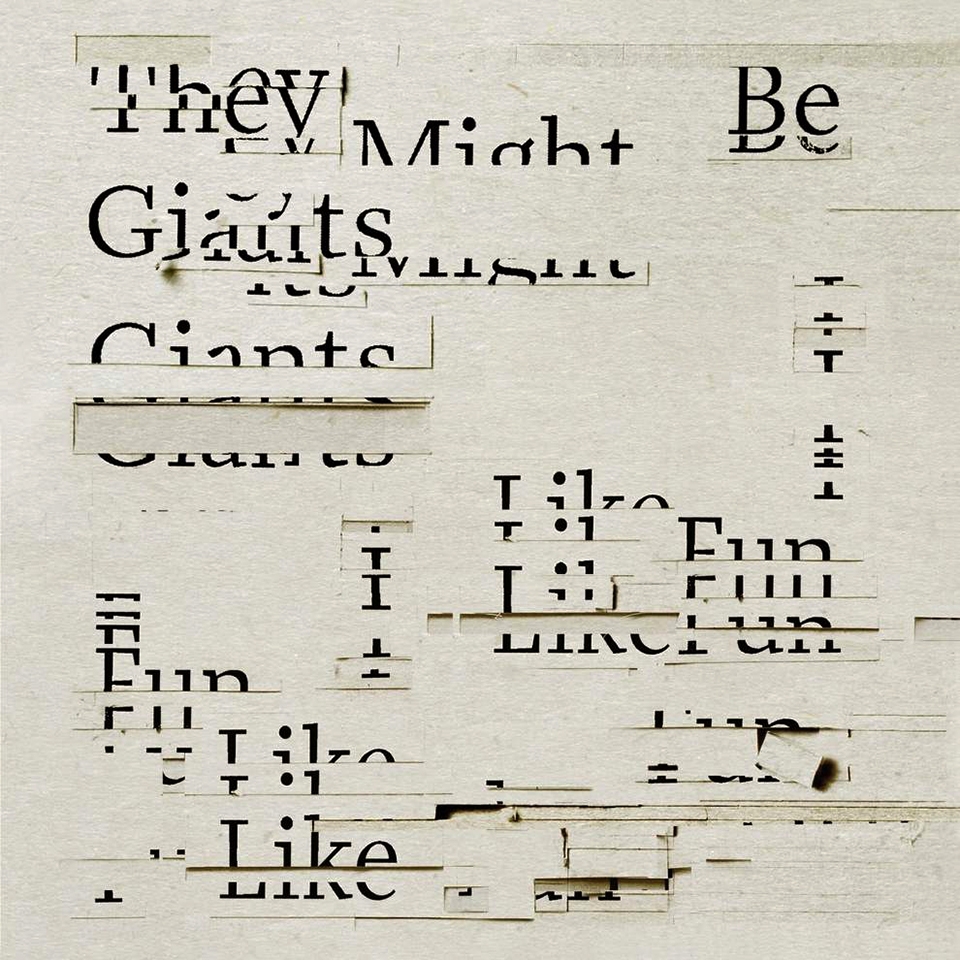Capri Scarcelli
a&e editor
10/01/20
Music is generational; as artistic sound continuously evolves, so does our perception of what constitutes a good album.
On Sept. 22, The Rolling Stone revamped their beloved “500 Greatest Albums of All Time” music list, modernizing it for cultural/gender inclusivity with a broader scope of genres.
First published in 2003 with slight revisions in 2012, The Rolling Stone has now added 154 new albums, 86 of which were released within the 21st century.
“The classics are still the classics, but the canon keeps getting bigger and bigger,” The Rolling Stones said.
Over 300 artists, songwriters and producers were chosen for the judging panel, which included contemporary artists such as Beyoncé, Billie Eilish, Taylor Swift, and H.E.R., as well as classic rockers like Stevie Nicks, Gene Simmons, Adam Clayton, and members from The Kinks and The Velvet Underground, all of whom were included on the list.
According to The Rolling Stone, each judge individually submitted a top 50 album list, wherein they were placed together as a general consensus amongst the panel to choose the best of the best.
The article is broken up into 10 segments, showcasing the albums counting down to number one in subcategories of 500-451 all the way to 50-1.
Each album is presented with the artist, title of the album, picture of the album cover, and a detailed description of the album’s production and impact on its respective musical era.
At first glance, readers could recognize that The Beatles’ 1967 album “Sgt. Pepper’s Lonely Hearts Club Band,” lost its reign of slot number one–– the alleged greatest album of all time. Through decades of influence being considered the most experimental album of classic/psychedelic rock history, “Sgt. Pepper” is now considered number 24 on the list.
In its place, Motown phenomenon Marvin Gaye’s “What’s Going On” was bumped up from 6th to 1st for its heavy political undertones and darker themes surrounding the death of duet partner Tami Terrell and the horrors of his brother being stationed in Vietnam. This album, according to Rolling Stone critics, is especially prevalent in its time with the current sociopolitical sphere surrounding racial injustice and the yearning for peace.
Since music is far more accessible in this era with streaming services such as Apple Music and Spotify, various up and coming artists have made their way to the top 100 of the list, illuminating a rise in soft pop, hip hop, rap and independent artistry.
This executive decision to modernize the list allowed for a melting pot of diversity in genre, with albums juxtaposing one another in perfect harmony through the decades.
For instance, seeing Elvis Presley’s 1976 “The Sun Sessions” and Frank Ocean’s 2016 “Blond” side-by-side truly shows the advancements music has made throughout time, and how developmental each genre has become in order to continuously put out new content for listeners; most importantly, however, is that generations from now, music is properly acknowledged for its classic roots.
Rock, though dominated primarily by aging white men, has historically built the foundation of what music is today. Thus, it is important to honor timeless works like the Beach Boys’ “Pet Sounds” and Pink Floyd’s “Dark Side of the Moon” while also making way for Kanye West’s “My Beautiful Dark Twisted Fantasy,” as well as many more reputable works put out by modern artists.
According to Consequence of Sound, the Rolling Stone’s original top 500 list only included twelve artists of color and three women in its top 50 segment.
Now, with better representation, listeners can celebrate Joni Mitchell’s “Blue” at slot number three along with Prince’s “Purple Rain,” Stevie Wonder’s “Songs in the Key of Life” and Lauryn Hill’s “The Miseducation of of Lauryn Hill” all in the top 10 of the list.
With times changing, so does the music. The Rolling Stone’s “Greatest Albums of All Time” gives hope for the growth of music today, tomorrow and forever.




